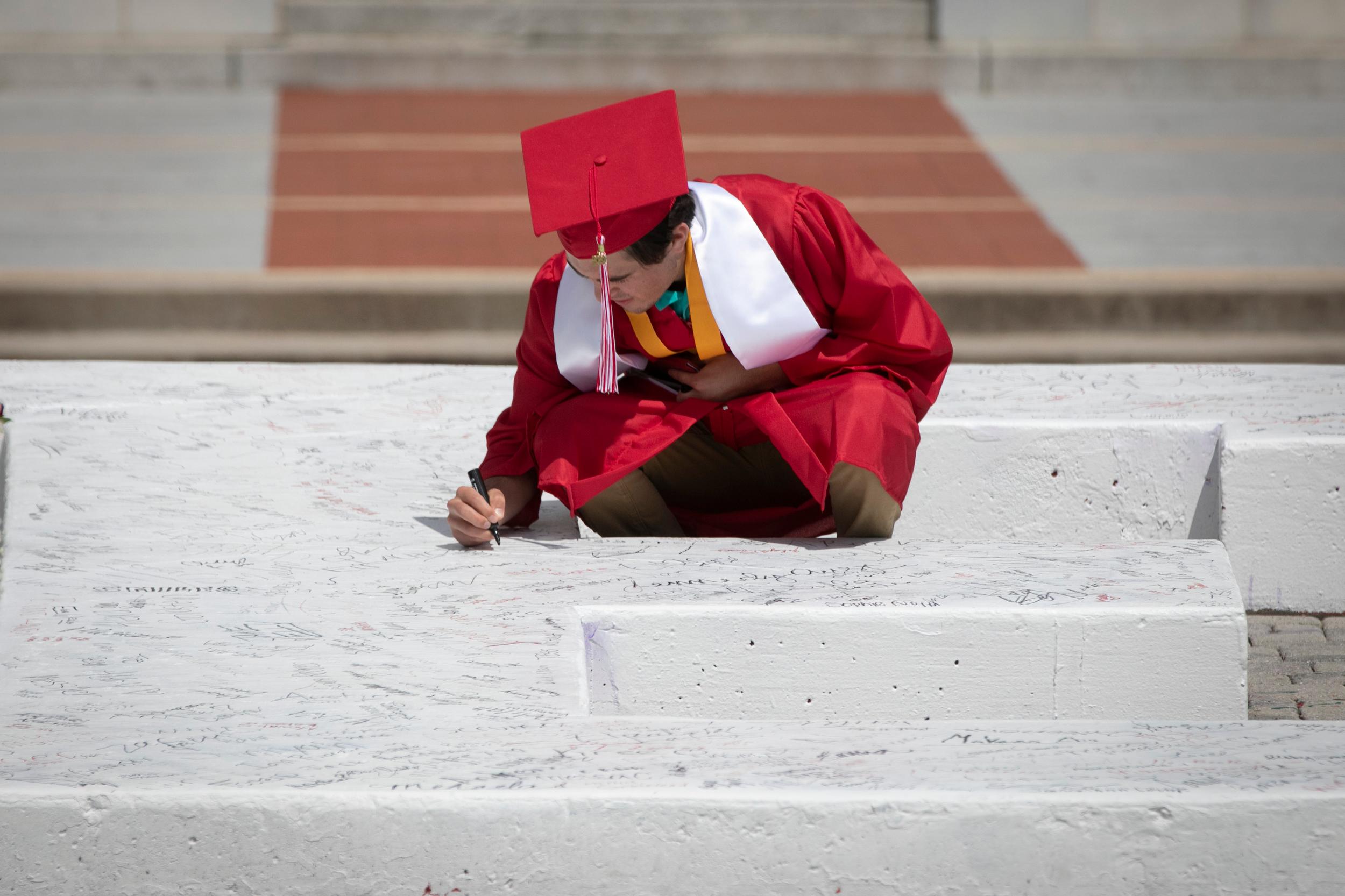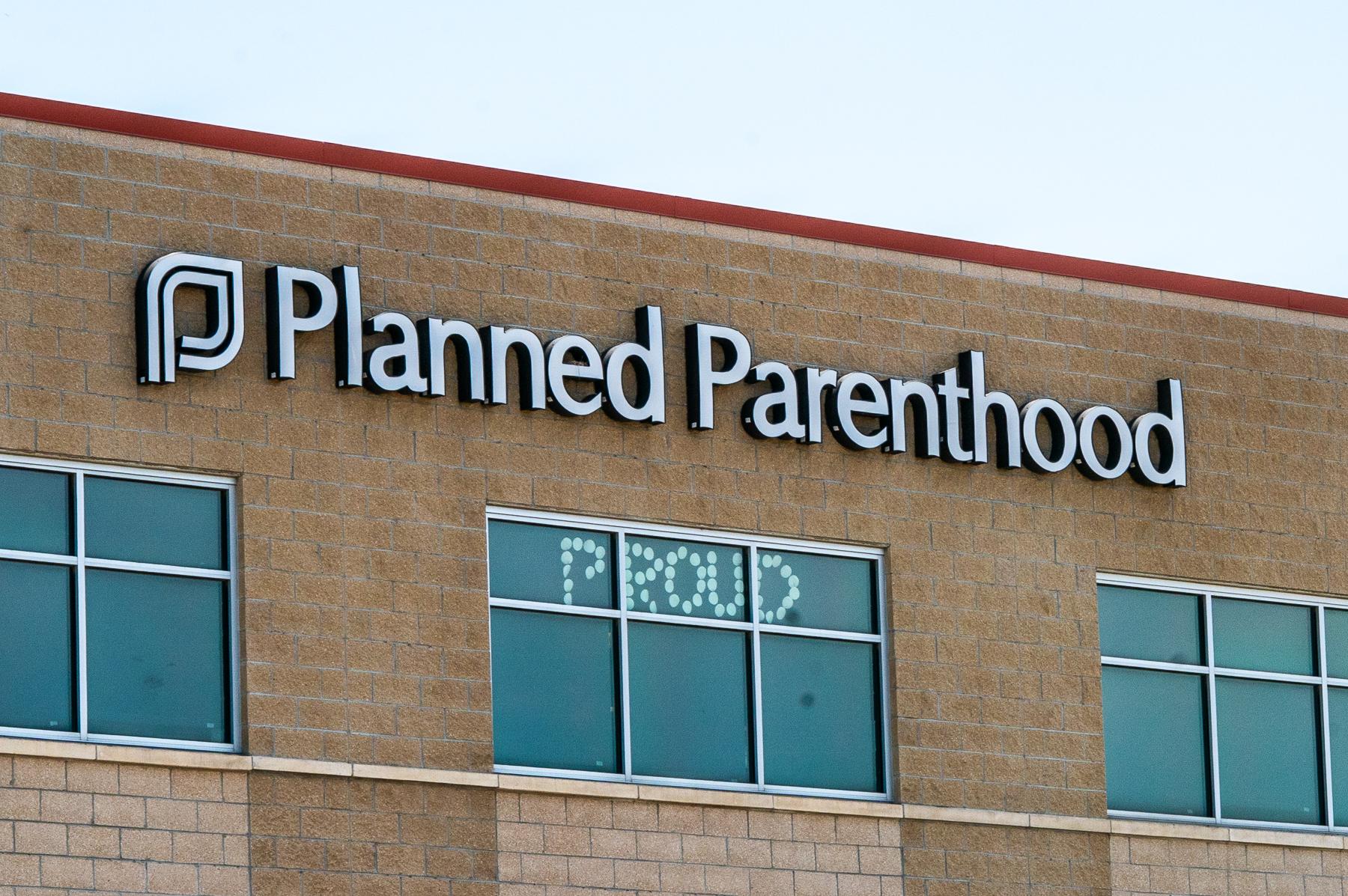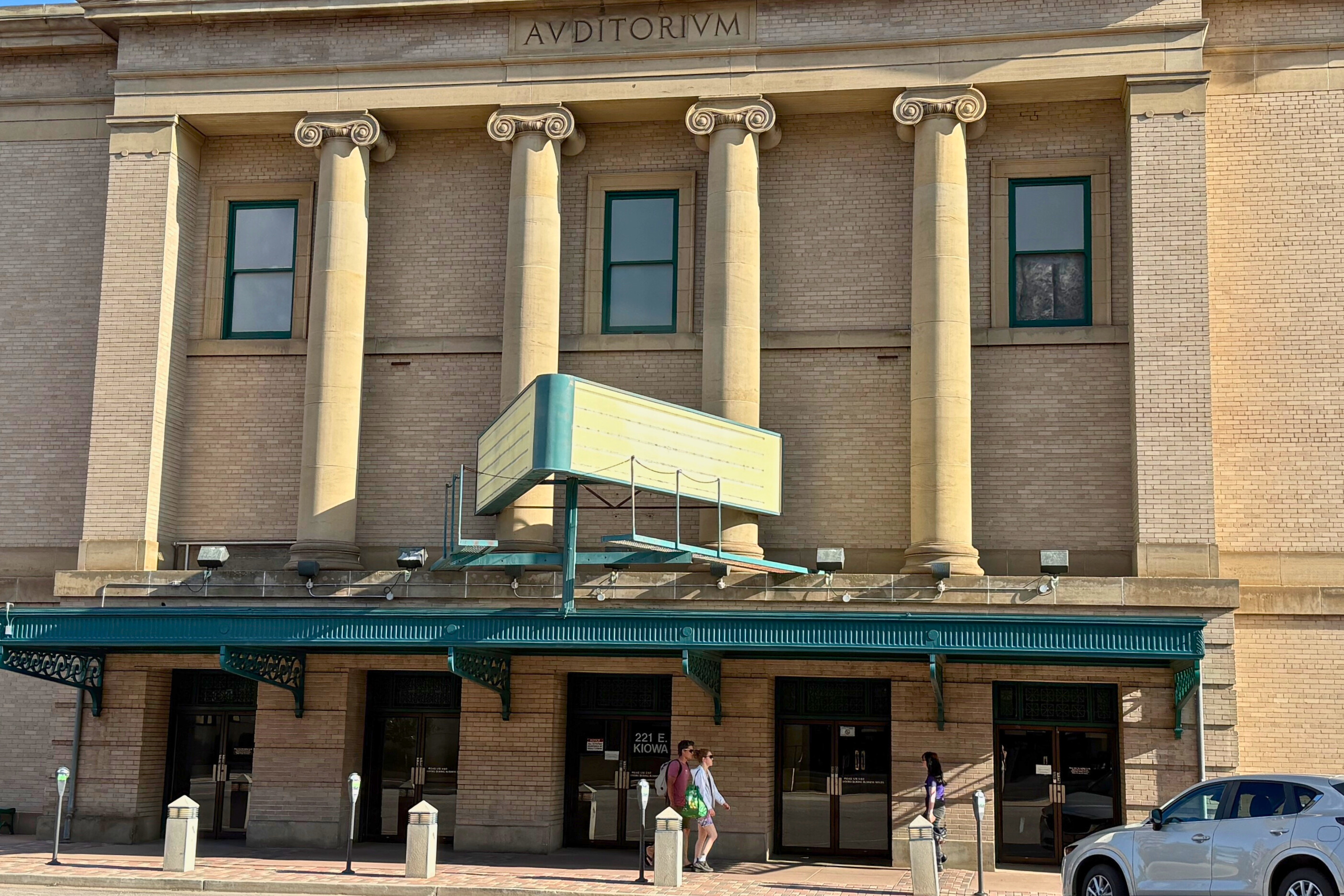
A new report from the Colorado Department of Higher Education shows the rate of college attendance among high school graduates has remained about the same for the last decade.
Just over 56 percent of the Class of 2019 enrolled in a two- or four-year college within a year of graduating. For comparison, the national average in 2018 was 69 percent. The college-going rate in Colorado has remained relatively flat over the past decade, even though the national rate has grown.
The lack of monumental growth does not bode well for the state’s goal of having “66% of Coloradans attain a postsecondary degree or credential” by 2025. State leaders created that objective in an attempt to address the supply-and-demand gap caused by a deficit of college-educated Coloradans and a surplus of jobs that require college degrees.
“We definitely have some concerns about reaching that goal,” CDHE Senior Director Carl Einhaus said. “That goal, we know, was a stretch goal, but we really wanted it to be a goal for us to strive for and encouraging both our department and our institutions or K-12 partners to work harder at meeting the needs of our students in Colorado.”
Regardless, Einhaus noted several aspects of the report show areas of promise. While equity gaps persist in education, enrollment rates among students of color are steadily increasing. He also said efforts to improve accessibility have shown good results.
“We have Free Application Day, which will continue one day a year. We had our third annual last year, in which students save more than $2.3 million in application fees. This is a way for students to maybe apply to institutions they may not normally apply to because of the application fee,” Einhaus said.
This year’s report was also the first to include data on students in rural areas. According to the data, these students attend college at a lower rate than the state average.
Next year’s report will likely see a downward trend across the board. The Class of 2020 graduated during the initial months of the coronavirus pandemic, which triggered a financial crisis. CDHE Executive Director Angie Paccione wrote about the pandemic’s effect on college enrollment.
“Particularly worrisome is the growing evidence that equity gaps in higher education may be exacerbated as the pandemic disproportionately affects our students of color, low-income students, and students from rural communities,” she wrote in the report.
CDHE presented the report to the education committees in Colorado’s House and Senate. Several policy recommendations, including the expansion or establishment of programs like the Colorado Opportunity Scholarship Initiative, were included in the report.









